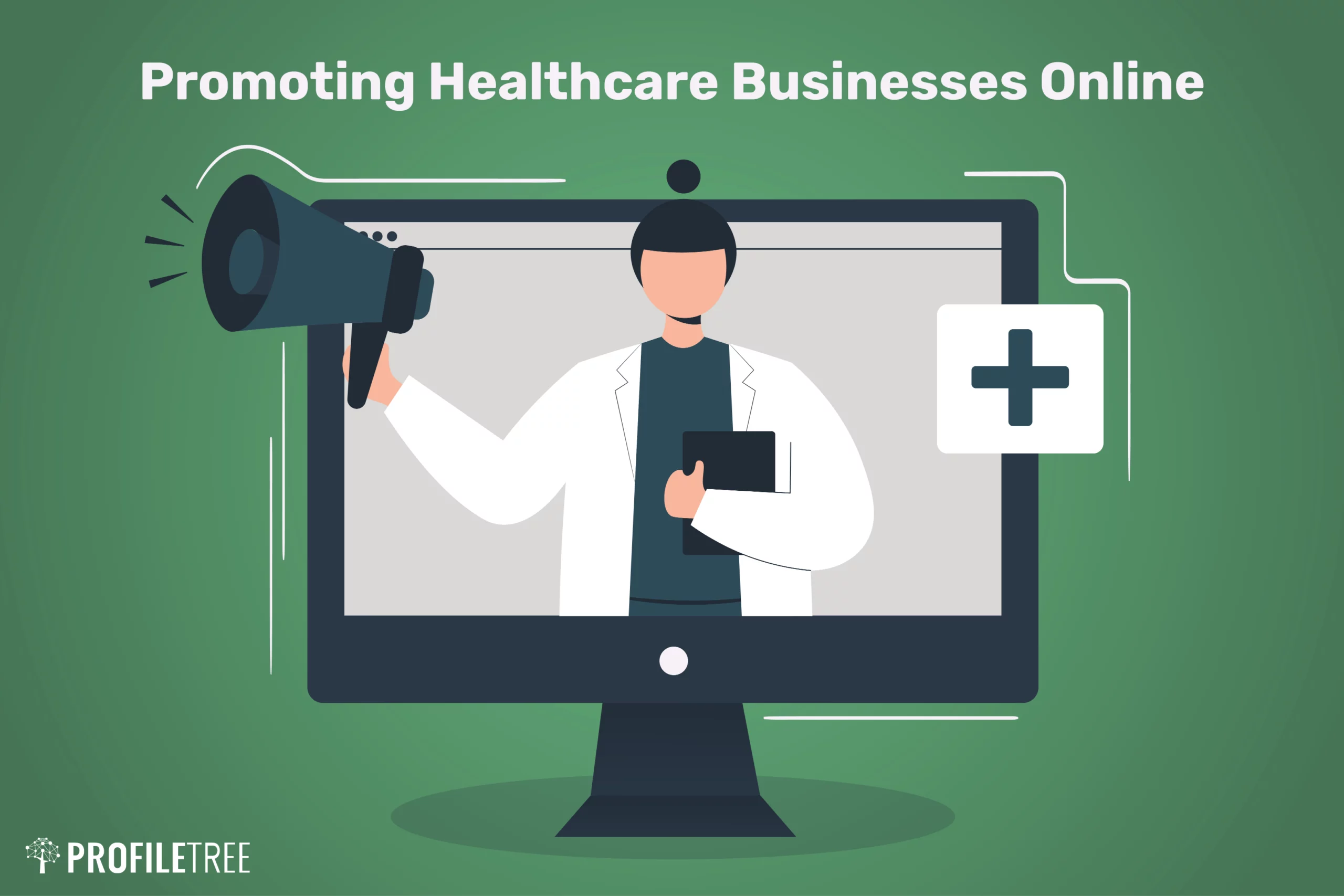Recognizing the Cost-Effectiveness of Subscription-Based Health Care Designs
As the healthcare landscape develops, subscription-based versions become a compelling option, promising to redefine exactly how individuals manage clinical expenditures. Examining these versions' cost-effectiveness demands a nuanced contrast with conventional insurance policy, considering both financial ramifications and individual satisfaction. While they provide transparency and predictability in expenses, inquiries continue to be concerning their ability to meet diverse health care requirements, particularly for specialized therapies. The viewpoints of doctor even more complicate this equation, providing a diverse difficulty. What does the future hold for these designs, and can they genuinely provide on their pledge of obtainable, inexpensive care?
Introduction of Subscription-Based Designs
Subscription-based healthcare versions, often referred to as direct key treatment or concierge medication, are significantly acquiring attention as a possible option to ineffectiveness within traditional medical care systems. These designs operate the concept of offering clients straight accessibility to doctor with a annual or monthly charge, bypassing the need for typical insurance coverage mechanisms. This plan aims to enhance patient-provider interactions by minimizing administrative worries, which typically prevent individualized and prompt care.
At the core of subscription-based versions is the emphasis on a much more customized patient experience. Individuals gain from enhanced accessibility to their physicians, commonly consisting of same-day or next-day consultations, extended examination times, and straight communication channels such as phone or video clip calls. This version cultivates an aggressive technique to medical care, where providers and patients can collaboratively concentrate on preventative care and chronic condition monitoring.

Expense Contrast With Typical Insurance Policy

Among the key economic benefits of registration versions is openness in expenses. Individuals pay a predictable charge, which can simplify budgeting and financial planning. Additionally, these versions commonly remove co-pays and deductibles for protected solutions, minimizing out-of-pocket costs. Conversely, traditional insurance might be extra helpful for individuals requiring specialized care or pricey therapies not covered under a membership model, as they take advantage of the more comprehensive protection network and cost-sharing mechanisms.
Nonetheless, cost-effectiveness is context-dependent. While membership versions may supply cost savings for those mostly requiring primary care, people with chronic conditions or specialized medical care needs may locate conventional insurance policy more detailed. Therefore, examining details healthcare demands and possible usage Related Site is important in navigate here establishing the most affordable alternative for people.
Effect on Individual Contentment
Patient complete satisfaction within subscription-based health care designs usually mirrors a significant improvement over conventional insurance coverage systems. This enhancement is mainly associated to the customized care and availability these designs use. Individuals often report higher complete satisfaction because of decreased wait times and the ease of scheduling appointments. Unlike traditional systems, where people could experience hold-ups in getting care, subscription-based models ensure even more straight and prompt communications with medical care carriers.
Additionally, the transparency in prices connected with subscription-based medical care eases the common frustrations connected to unexpected costs and complicated payment processes seen in typical insurance coverage (subscription based healthcare). Patients value knowing the precise economic commitment upfront, bring about enhanced trust fund and confidence in their medical care monitoring
Additionally, the focus on preventative care and health in subscription designs adds to improved health and wellness end results, even more boosting patient complete satisfaction. By concentrating on ongoing health and wellness upkeep as opposed to episodic care, people experience a more holistic and constant health care trip.
In addition, the enhanced provider-patient relationship promoted in these versions, identified by more time spent per client and customized interest, plays a crucial duty in raising client complete satisfaction degrees, as people feel genuinely cared for and comprehended.
Carrier Experiences and perspectives
From the carrier's point of view, subscription-based healthcare models offer a transformative approach to delivering medical services. These models emphasize a proactive and preventative healthcare approach, permitting providers to focus on comprehensive person treatment without the restraints of standard fee-for-service plans (subscription based healthcare). This shift in focus frequently results in boosted person results and boosted company complete satisfaction, as great site healthcare professionals can allot even more time and resources to patient involvement and individualized care plans
In addition, membership models facilitate foreseeable income streams, which enhance economic stability for doctor. This predictability permits for enhanced source preparation and allocation, adding to a much more efficient health care delivery system. Carriers can buy staff framework, technology, and training renovations, thus boosting the quality of treatment offered.
Nonetheless, the transition to subscription-based models is not without challenges. In spite of these obstacles, lots of suppliers locate that the advantages of raised patient interaction and streamlined procedures surpass the initial challenges, making subscription-based models an attractive alternative.
Future Prospects and Obstacles

A key difficulty is regulatory conformity, as membership models have to comply with developing medical care policies and insurance needs. This requires continual adaptation and technology to guarantee alignment with lawful standards. In addition, integrating these versions into existing medical care infrastructures can be intricate, needing substantial investments in modern technology and training.
There is also the possible risk of developing inequities in health care accessibility, as membership versions might prefer those that can afford them, leaving prone populations underserved. Addressing this calls for thoughtful consideration of prices approaches and subsidy systems to make certain inclusivity.
Final Thought
Subscription-based medical care models provide a sensible option to standard insurance by providing monetary predictability and openness, particularly benefiting individuals with persistent problems or frequent healthcare requirements. The cost-effectiveness of these versions rests upon individual healthcare usage patterns and scenarios. While they might boost patient fulfillment and enhance budgeting, obstacles remain in dealing with specialized care requirements. Future factors to consider consist of stabilizing detailed insurance coverage with price and incorporating these versions within the broader healthcare system for optimal outcomes.
Subscription-based medical care versions, often referred to as straight main care or attendant medication, are progressively acquiring interest as a potential solution to inadequacies within standard healthcare systems. Unlike traditional systems, where people could experience delays in receiving treatment, subscription-based designs guarantee even more straight and timely interactions with healthcare providers.
These versions highlight a proactive and preventative health care technique, permitting suppliers to focus on thorough individual care without the restraints of conventional fee-for-service setups. As these designs proceed to get traction, they use the potential to change individual accessibility to care, enhance solution shipment, and maximize health care investing.Subscription-based health care models provide a sensible option to typical insurance coverage by supplying financial predictability and openness, particularly benefiting people with chronic conditions or constant healthcare requirements.